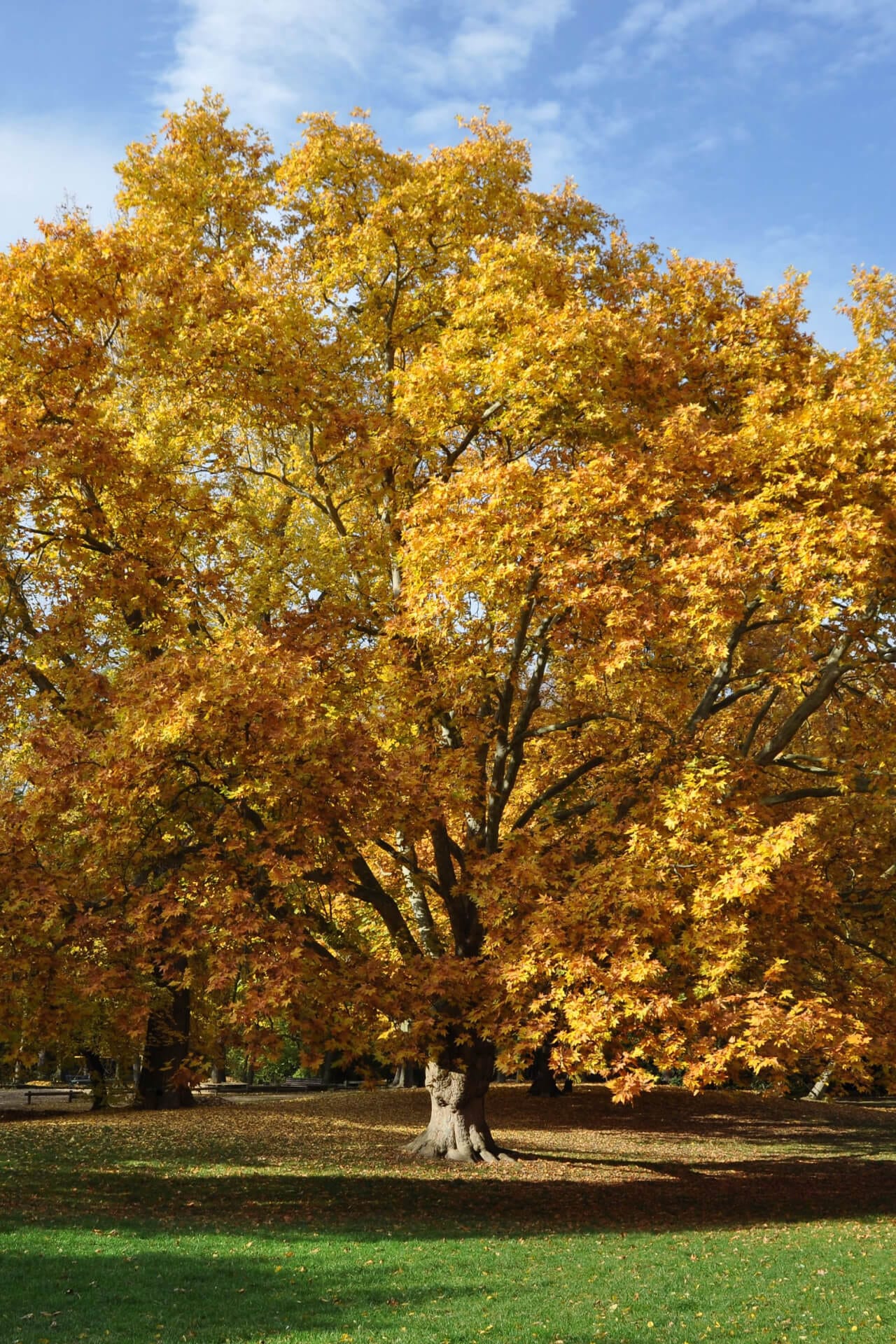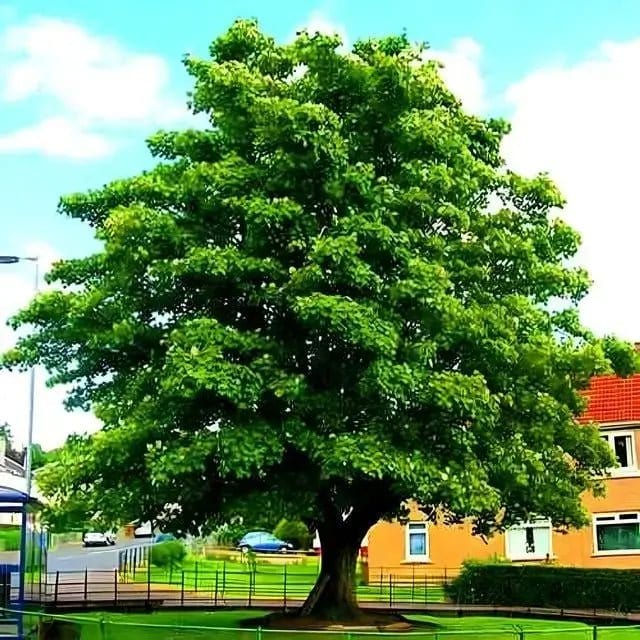Sycamore Tree
Sycamore Tree
| Order | Percentage Discount | ||
|---|---|---|---|
| 2-5 | 25% Off | ||
| 6-10 | 30% Off | ||
| 11-25 | 35% Off | ||
| 26-50 | 45% Off | ||
| 51+ | 65% Off | ||
Couldn't load pickup availability
5-7 Days
Over 25 Feet
Sun or Shade
4-9
Shade
Bare-root
NJ. OH. CT. MA. CA.
Sycamore Tree
The Sycamore Tree is a magnificent addition to any landscape, adding beauty and shade to outdoor spaces. With its impressive size and unique characteristics, the tree is an excellent choice for homeowners and landscapers.
Sycamore Tree's Characteristics
The tree is known for its bark, which peels away to reveal a smooth, cream-colored layer underneath. Its leaves are large and can be up to 10 inches across, with a deep green color in the summer and turning to a brilliant yellow in the Fall (End of October). They can grow very tall, reaching up to 100 feet with a spread of up to 70 feet.
Benefits
The tree is not just a beautiful addition to your landscape, but it also provides numerous benefits. Its large and dense foliage provides excellent shade, which can help reduce cooling costs during the hot summer. The tree's extensive root system helps prevent soil erosion, making it a perfect choice for landscaping on hillsides or near bodies of water. Additionally, the trees are known for their ability to purify the air, making them an ideal choice for improving air quality in urban environments.
Care
While The Tree is a Hardy Species, It Does Require Some Care to Thrive
It should be planted in well-draining soil and given regular watering, especially during hot and dry weather. Pruning should be done in the winter or early spring of 2024 to remove damaged branches and promote healthy growth. Regular fertilization can also help ensure the tree stays healthy and robust.
It is an excellent choice if you're looking for a tree that adds beauty, shade, and numerous benefits to your landscape. Its unique bark, large leaves, and impressive size will make a statement in outdoor spaces. With proper care, your tree will continue to thrive and provide enjoyment for years.
The Tree's Growth
The Sycamore tree is a long-lived tree of ancient lineage. One of the oldest trees is thought to be at least 400 years old. The tree can grow 90 to 130 feet tall and is often as wide as tall. The trunk can be massive, and the trunks of some venerable trees are as much as 13 feet in diameter.
This tree needs growing space but rewards time and care with beautiful bark and deep shade. It is notoriously tolerant of pollution and salt, which is why it's so often seen in cities. It thrives in hardiness zones 4 through 9. It does best in rich soil near bodies of water but is drought-tolerant. It's also capable of exceptional yearly growth.
Some botanists claim that a well-cared-for tree can grow 6 feet a year. Some professionals recommend that the tree be pruned to keep it at no more than 25 feet high. The tree, which is quite challenging, can tolerate hard pruning. It also benefits from some fertilizer given in the fall. In summer, its branches are dense with 4 to 9-inch long leaves.
They are nearly heart-shaped, with three to five lobes, light green above and pale below. The leafstalk has a hollow base that hides the winter bud. The fruits are the familiar button balls or conkers. They are made up of dry, hairy seeds called achenes, which are light enough to float on wind and water.
These trees are also singular in that their bark peels off their large brown sheets, revealing fresh, cream-colored bark that gives the tree an attractive, mottled appearance. This mottling stands out during the winter after the leaves fall.
The flowers arrive in April, with yellow male flowers and red female flowers. They grow on the same tree, with the large female flowers at the tip of a branch and the smaller males farther back on old wood.
This Is How Your Plants Will Look upon Delivery
Bloom/Foliage Color
Green
Shipping date depends on the date displayed and chosen when you order from the product's page.
We only accept returns on plants verified dead. If you think your plants have died, we offer a 1 year warranty, please use use this File a Claim Link to verify dead plants and start with return warranty process.









